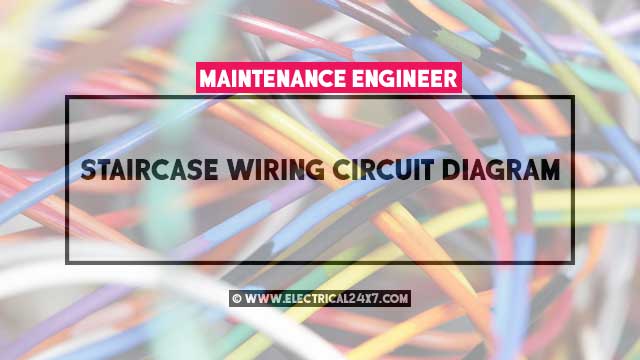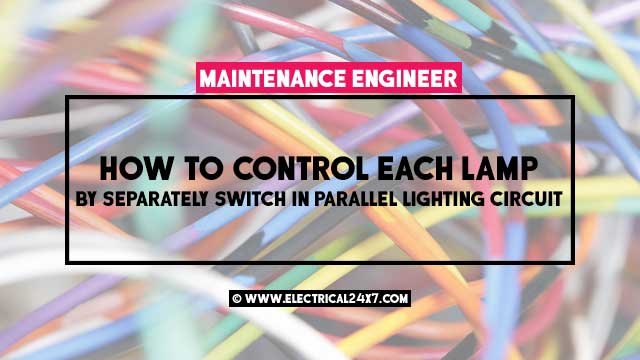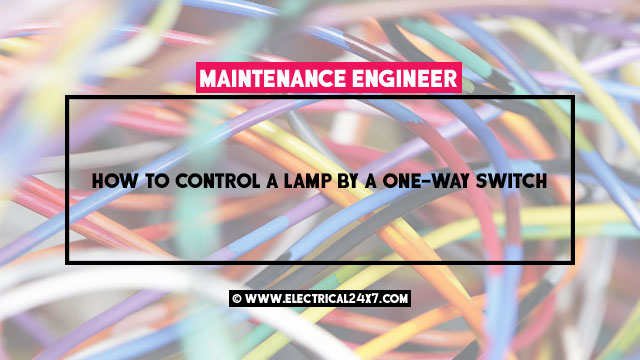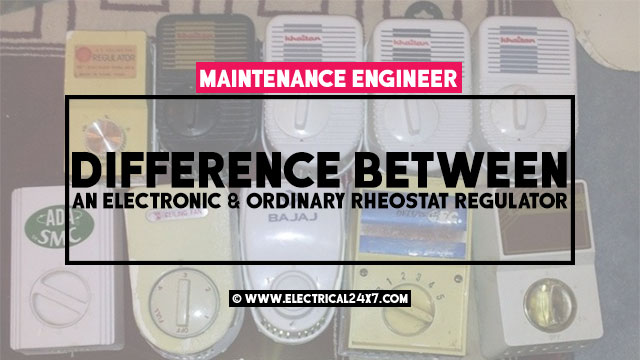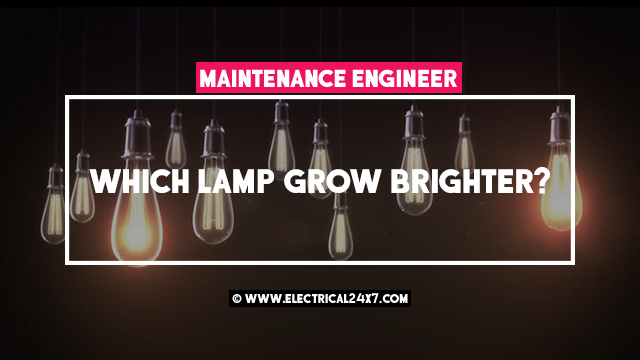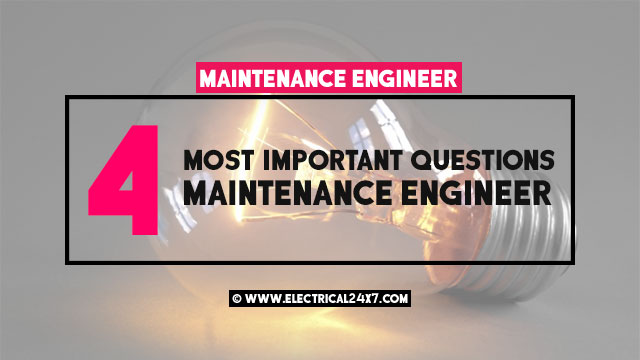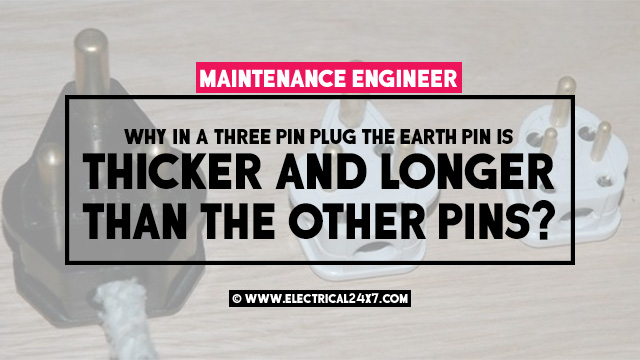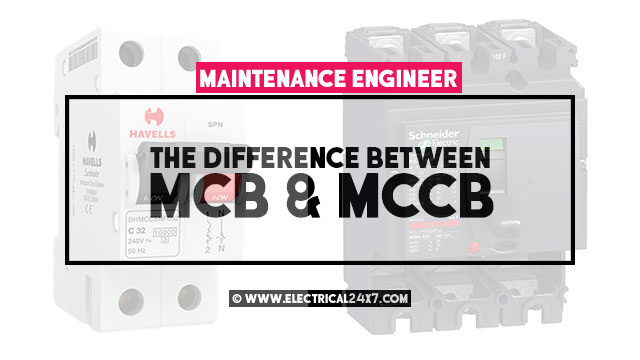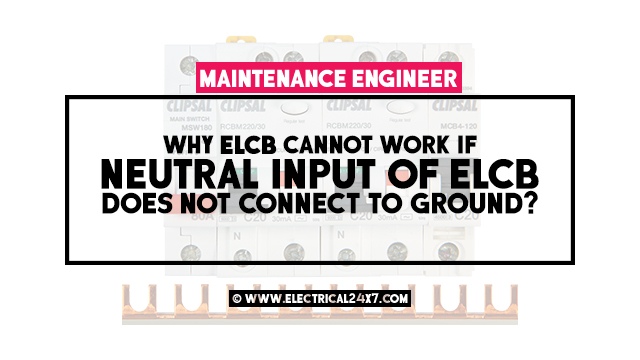Reason for job change-Smart answer

It’s always important to be honest in a job interview, but this question will make you think stretch the truth. “Why do you want to change your current job?” These tips helps you to develop an answer to this question that will make them surely want to hire you. I will give you tips in 3 parts. Here are some possible answers adjust it for your situation. Part 1- Say something nice about your current job. It’s been a great experience, but… I’ve learned a great deal in my current job, but… I’ve enjoyed working with a great group of people, but… Part 2-Say something nice about this opportunity. This opportunity is very interesting to me, and fits very well with the direction I want to take my career. Growth is limited in my current employer’s organization because it is relatively small, so I need to look elsewhere, outside of the current organizaiton, and this opportunity looks very interesting to me because… I’m interested in working at [name of employ

